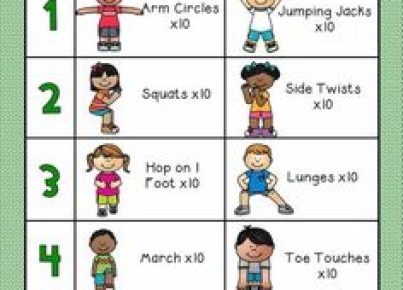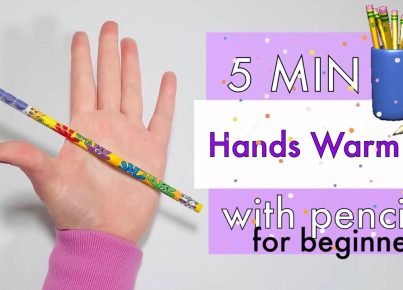Introduction:
High school Physics can be a challenging subject for students, but making it relatable and engaging can help immensely in their understanding. Over the years, I’ve found that using everyday household objects to demonstrate Physics concepts is an effective way to spark interest and increase comprehension. In this article, I will share three ways I use household items to teach high school Physics.
1. The Swinging Pendulum: Teaching Simple Harmonic Motion
Objects needed: String, a small weight (e.g., a metal washer), a protractor
To teach simple harmonic motion, I create a simple pendulum by attaching a metal washer to one end of a string and tying the other end to a fixed point on the ceiling. Students can experiment with varying the length of the string and observing how it affects the pendulum’s oscillation. By tracking the angle, students can understand concepts like amplitude, period, and frequency. They can also derive an expression for the time period of a simple pendulum from first principles.
2. Rolling Cans: Exploring Energy Conservation
Objects needed: Two identical empty cans (one with an object inside), an inclined plane (such as a book)
Energy conservation comes alive when comparing how two identical cans roll down an inclined plane – one empty and one with an object inside. For example, you could put marbles or some pennies inside one of the cans. By observing which can rolls down faster and reaches the bottom first, students learn about potential and kinetic energy conversion and see firsthand how energy is conserved in this isolated system.
3. Slinky Springs: Understanding Wave Motion
Objects needed: ASlinky toy
A Slinky is not just for play; it’s also an excellent tool for teaching wave motion in Physics! When stretched out across a flat surface and flicked at one end, students will observe transverse and longitudinal waves. Here, they can explore wave properties such as amplitude, wavelength, frequency, and wave speed. Furthermore, by connecting multiple Slinkies or adjusting the tension and length, students can investigate how factors like material and tension impact wave motion.
Conclusion:
By using household objects to teach high school Physics, educators can make concepts relatable, fun, and engaging for students. Demonstrating scientific principles with simple materials found around the house not only enhances students’ interest but also fuels their curiosity. Next time you’re planning a Physics lesson, consider incorporating household objects to create memorable learning experiences for your students.





